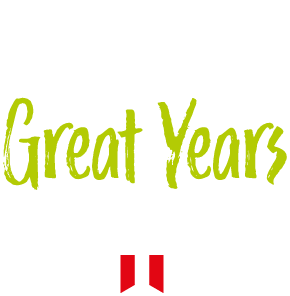How does automation work in industrial digital textile printing?
There are many methods used to produce garments requiring decoration. Direct-To-Garment (DTG) printing is just one of them. But DTG has more production flexibility than traditional forms of decoration like screen printing, and if harnessed correctly, DTG printing can become a power- house of profitability and growth.
In a market that is struggling to maintain reasonable profit margins and defend itself from cut-throat competition and declining sales, DTG print- ing stands out as uniquely capable of creating huge gross profits while at the same time experiencing phenomenal sales growth. Something is driving this change in the market and we believe it is automated produc- tion processes. In a word, technology.
Demand drives creativity, significant demand drives the kind of creativity necessary to transform an industry, and we are experiencing this kind of demand today in the decoration industry. Highly flexible Print-On-De- mand (POD) decorated products include all kinds of things. Some are ob- vious – T-shirts, hoodies, pants, and hats. Some not so obvious because they are not thought of as typical POD products – custom printed towels,
custom printed dog collars, customized Christmas ornaments, custom printed laptop covers, and custom printed neck ties. It is fair to say that POD has expanded far beyond typical garment applications.
THE PROCESS OF AUTOMATION
Let’s agree on one thing to begin with. Automation is not automated if you have to personally handle an order in any way before releasing it into production. In a truly automated system new orders flow into the system from various sites 24 hours a day. If you are “working an order” before releasing it to production then you are not automated, you might be highly organized, but not automated.
One of the key requirements for an automation system to be productive is combining both software and hardware from the vendor supplying the system. Hardware, or workstations, must be designed and manufactured specifically for the automation process. They must be extremely durable, compact and have touch screen capability.
Keyboards and traditional computers do not work well. These traditional computers are not durable enough and they’re clumsy. Computers are difficult to mount in an efficient location for the operator. Size also makes them awkward for the operator. Without a properly designed automation workstation the automation system can actually slow down the operator. Every production plant is different. The ability to configure the automation system to fit the plant, and the plants clients, is a critical feature of auto- mation.
Let’s examine three major areas that require flexibility
Scalability – Want to add an additional printer, shipping station or QC station? A good automation system should allow for scalability when and where the client needs it.
Programmability – Do you need to integrate the automation system with an existing in-house management Information system (MIS)? Does that system already handle some of the processes necessary to automate production? If so, you need an automation system and technical support team that can accommodate your specific challenges.
Order Acquisition Automation – The best automation system in the world is useless if you cannot get the orders into the system automatically. It is impossible to compete and make money if incoming orders require off- line adjustment of some kind. No human intervention allowed, none.
One final point to consider. Does the automation system need to automate additional but different production processes? For example, automated DTG printing and automated embroidery. Does it then need to combine these items after production into one shipment? Look for an automation system that can handle multiple production processes.
Do you have any questions?
Our team of consultants will be happy to answer your questions.
Your advantages with aeoon
- High quality DTG industrial equipment
- Customized solutions
- Water based inks
- Workflow automation available
- Online – Support 24/7/365
- Modular system configurations – we grow together
- Printing on complex fabrics up to polyester
- Huge selection of pallets
- Low maintenance
- Low energy consumption

